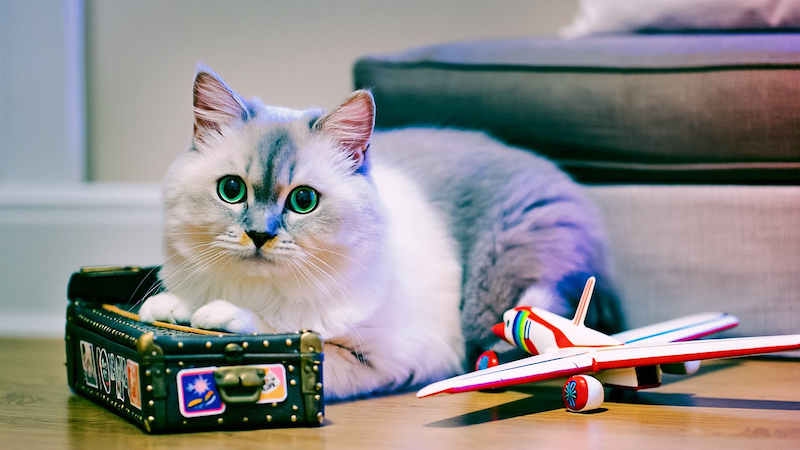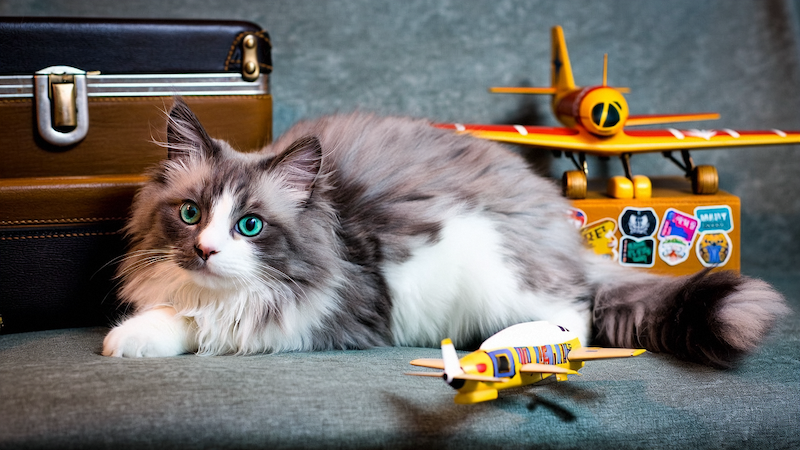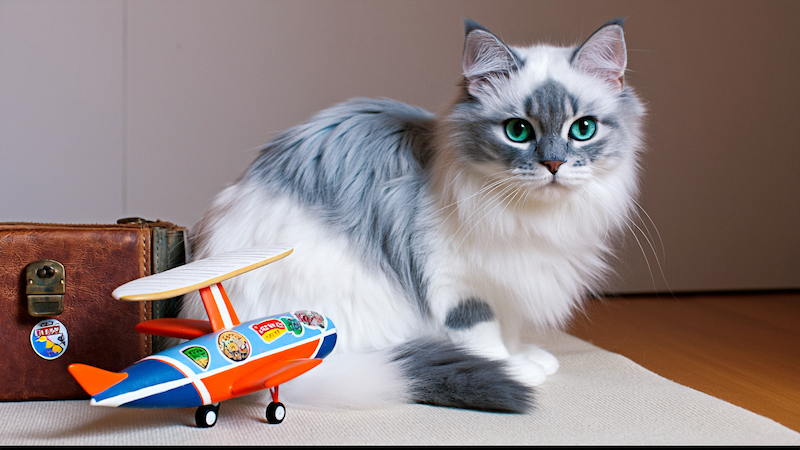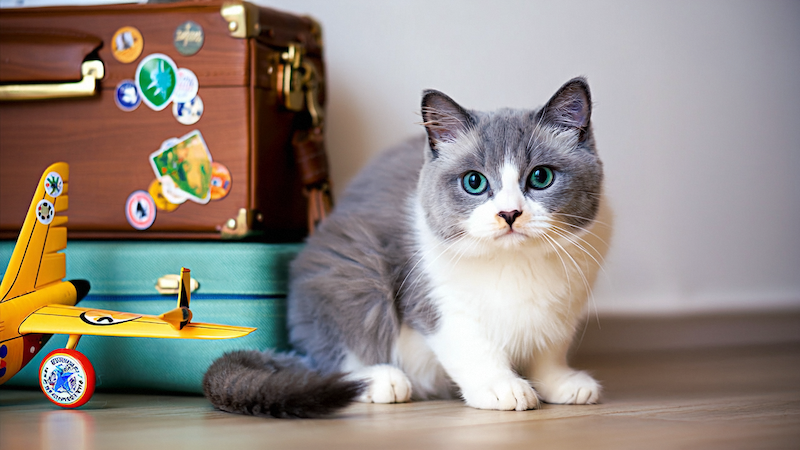As professional international pet shippers, we understand that getting your cat comfortable with their travel carrier is crucial when preparing for overseas relocation. Cats are naturally cautious and sensitive creatures, often wary of new things, which is why they require a particularly patient and gentle approach to training. Today, we’ll share a specialized method for helping your cat adapt to their travel carrier.

Why is carrier training so important for cats? During international pet transportation, cats need to spend extended periods in their carriers. Without proper training, cats may experience extreme anxiety, refuse food, or even display aggressive behavior due to fear and stress. Comprehensive preparation not only reduces your cat’s stress response but also ensures a smoother and safer shipping process.
Selecting the right carrier is fundamental to successful training. The carrier must not only comply with airline regulations but also meet your cat’s specific needs. It should be tall enough for your cat to stand upright and stretch, spacious enough for turning around and lying down, and include space for a small litter box. We recommend choosing a carrier with both top and front openings, making it easier for both the cat to enter and for you to provide care. Consider adding non-slip padding to the interior to enhance your cat’s sense of security.
Understanding feline nature is crucial for training success. Cats prefer to make their own choices, dislike being forced, and are particularly sensitive to scents and territorial boundaries. Our training approach respects these characteristics, encouraging cats to accept and eventually embrace their carriers voluntarily. Think of the carrier as your cat’s new toy and safe house, rather than a tool of confinement.
Begin the training by making the carrier a natural part of your cat’s daily environment. Place it in an area where your cat frequently spends time, such as near their favorite resting spot. Don’t deliberately draw attention to the carrier; let your cat discover and explore it naturally. You might consider using feline pheromone sprays around the carrier to create a more relaxing atmosphere. Remove the carrier door or secure it in an open position to eliminate any fear of confinement.
To enhance your cat’s positive association with the carrier, create a cozy den inside. Use familiar bedding, blankets, or their favorite bed to create a welcoming atmosphere. Place their preferred toys both inside and around the carrier, and gradually move their regular feeding spot closer to the carrier. Some cats are particularly attracted to catnip, which can be placed near the carrier to increase its appeal.

Once your cat shows interest in the carrier, deepen their positive experience through play. Use their favorite wand toys or interactive games near and inside the carrier, allowing your cat to naturally approach and enter while pursuing toys. Never force entry or suddenly close the door – keep every interaction enjoyable. Offer their favorite treats as rewards to reinforce positive associations with the carrier.
When your cat begins entering the carrier voluntarily, you can start training them to accept door closure. This phase requires exceptional patience and a gradual approach. Begin by closing the door for just a few seconds, then immediately opening it and offering rewards. As your cat becomes more comfortable, slowly increase the duration of closure. Watch your cat’s reactions carefully throughout this process. If they show any signs of distress, such as anxiety, restlessness, or threatening vocalizations, immediately stop and return to the previous, comfortable stage.
For particularly sensitive cats, consider implementing progressive environmental adaptation training. Start in a quiet room and only move to different environments once your cat is completely comfortable. Try briefly moving the carrier with your cat inside to different rooms, or gently rocking the carrier to simulate transportation conditions they might encounter.
When preparing for international pet relocation, carrier training is just one aspect of the necessary preparations. You’ll also need to arrange vaccinations, obtain required documentation, and understand the entry requirements of your destination country. We recommend consulting with a professional pet shipping company at least 2-3 months in advance to develop a comprehensive plan. Additionally, consider discussing anxiety management options with your veterinarian, including professional recommendations for calming aids if necessary.
Remember, each cat has a unique personality and learning pace – some may adapt quickly to their carriers while others need extended periods of gentle encouragement. As an owner, maintaining calm and patience is crucial; don’t become frustrated if progress seems slow. Maintain consistent daily training sessions, but keep them brief to prevent fatigue or irritation.

Through systematic, science-based training, most cats can eventually accept and become comfortable with their carriers. Seeing your beloved feline peacefully napping in their carrier makes all the effort worthwhile. We hope every traveling cat enjoys a relaxed and pleasant journey to their new destination.



